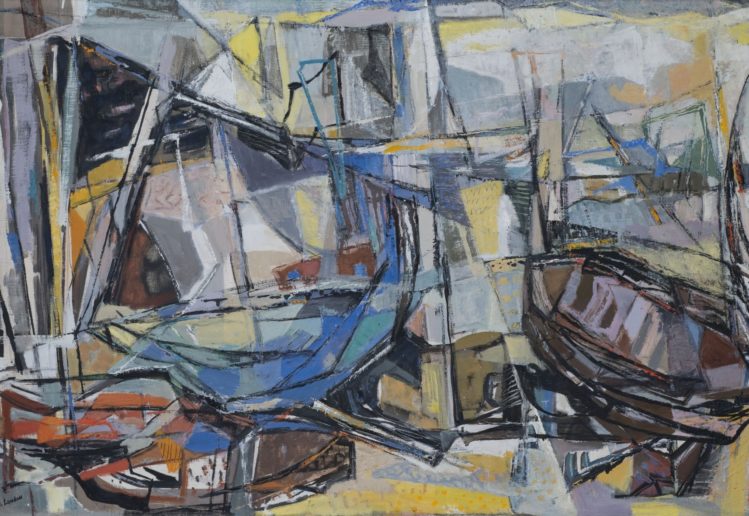For many twentieth century artists, Cubism was a powerful and pervasive influence, and this is especially true for those educated abroad. Edith London first embraced the style during her years in Paris when she was a student of André Lhote. Painted well after that time, Marine Still Life demonstrates Cubism’s main tenets: a flattened, non-perspectival handling of space, overlapping angular shapes, and a penchant for abstracting objects. London’s exposure to art began as a child in Berlin; with the ascendancy of Nazism, her family immigrated to the United States, settling in Durham, North Carolina. The painter’s passion for her chosen profession never waned: “My artistic work allows me to follow one of the most lofty pursuits in the field of human endeavor.”

